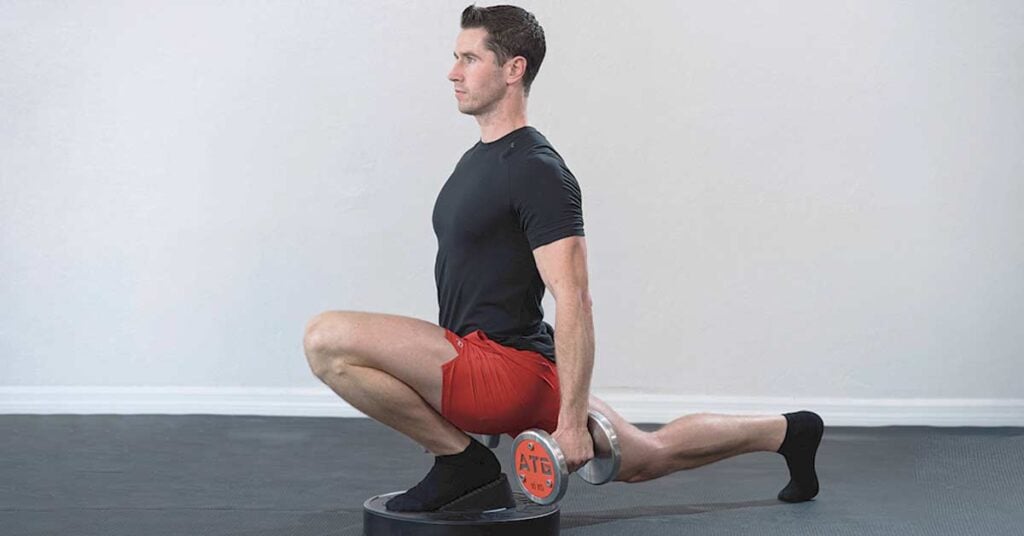Have you ever had knee pain going up stairs, walking down hills, or standing from a chair?
One thing that all of these activities have in common is that the knee is going over the toes. You may have heard before how “bad” it is to have your knees go over your toes, but it is a daily part of life that most of us encounter. When you have knee pain during these activities, it is crucial to build your tolerance to the activity, not stop it completely. Avoidance of the activity will weaken the structures that are meant to perform that task, which will make it worse over time. Let’s discuss how to get your knees over your toes with more comfort:
🚦 Understanding Pain Levels: The Stoplight System
Pain is a guide, not a stop sign. Use this "stoplight" method to decide how to proceed with exercises that challenge your knees:
-
Green Light (0–3/10 pain):
✅ Keep going. This level of discomfort is considered safe and unlikely to cause harm or flare-ups. -
Yellow Light (4–6/10 pain):
⚠️ Proceed with caution. If the activity is meaningful or hard to modify, it may be worth continuing. But if possible, reduce the intensity or try a variation that feels better. -
Red Light (7+/10 pain):
⛔ Stop or reassess. Pain this intense could cause a setback—unless you're someone who experiences high pain with nearly every movement. In that case, carefully increasing tolerance might still be worth exploring (with professional guidance).
Rule of thumb: If your body says stop—listen. Pain is a conversation, not a command.
🧱 Start Building Confidence: Knee-Over-Toe Exercise Progression
Getting stronger and more comfortable with knees-over-toes movements doesn’t mean jumping into deep lunges on day one. Start slow and scale up.
Step 1: Wall Squats
-
Stand 5–6 inches from a wall
-
Squat down gently, letting both knees move toward the wall
-
Try to tap the wall and return to standing
-
Repeat 10x
Progression: If pain-free, gradually move farther from the wall.
Step 2: Wall Lunges
-
Take a lunge stance 5–6 inches from the wall
-
Shift weight to your front foot and gently tap your front knee to the wall
-
Keep your heel down
-
Repeat 10x
Progression: Move back slightly if it’s too easy and remains pain-free.
Step 3: Single-Leg Knee Tap
-
Use the same setup, but this time with all your weight on one leg
-
Use the wall for balance if needed
-
Tap your knee to the wall and return
This simulates stairs and walking more closely.
✅ If all three of these are easy or becoming easier, you're ready to progress!
🔁 Progress to Lateral Step Downs
Now we take it up a notch. The lateral step down builds single-leg strength and control—key for navigating hills, stairs, and uneven surfaces.
(Insert lateral step down video)
This movement targets the quadriceps (front thigh muscles) and teaches your knee how to move safely over your toes under real-world conditions.
🩺 Ready for a More Personalized Plan?
If you’re dealing with knee pain and want tailored help from an expert, schedule a one-on-one consultation with a Doctor of Physical Therapy.
A customized plan may be exactly what your knees need to start moving with more confidence and less pain.
Let your knees go over your toes—safely, mindfully, and with strength.
It’s not about avoiding movement—it’s about preparing for it.




